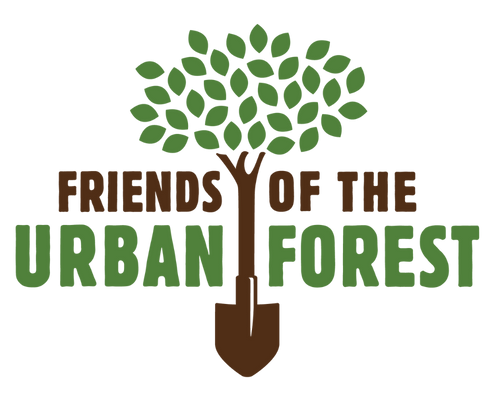When San Francisco was founded in June of 1776 the city was largely treeless, its native landscape dominated by coastal scrub and sand dunes. In the late 19th and early 20th centuries, urban planners and residents began planting trees to beautify the city, with species like eucalyptus, Monterey pine, and a variety of palm trees. Street tree planting expanded significantly during the mid-20th century due to the introduction and popularity of neighborhood greening initiatives.
By the early 2000s, San Francisco had an estimated 105,000 to 125,000 street trees. In 2016, San Francisco passed Proposition E, creating a dedicated street tree maintenance program under Public Works. This shifted tree care responsibility from property owners to the city, leading to improved tree health and more strategic planting. The Urban Forest Plan, adopted around the same time, set a goal to increase canopy cover and improve tree equity across neighborhoods.
Street trees are critical to the health of San Francisco. They reduce air pollution, absorb carbon dioxide, cool urban heat islands, support biodiversity, and manage stormwater. They also improve public health, walkability, neighborhood aesthetics, and raise property values. Despite challenges like limited space, maintenance costs, and drought stress, San Francisco continues to expand and manage its urban forest with a focus on climate resilience and environmental justice.
This project is an homage to San Francisco's beloved street trees, which are easy to take for granted as we hustle across the city in our day-to-day lives. Just like you and me, they each have a birthday and there's a good chance a San Francisco street tree was planted on the day you were born. On this Earth Day, find your birthday tree on our interactive map and then go outside and visit it, say thank you, and give it a hug.
